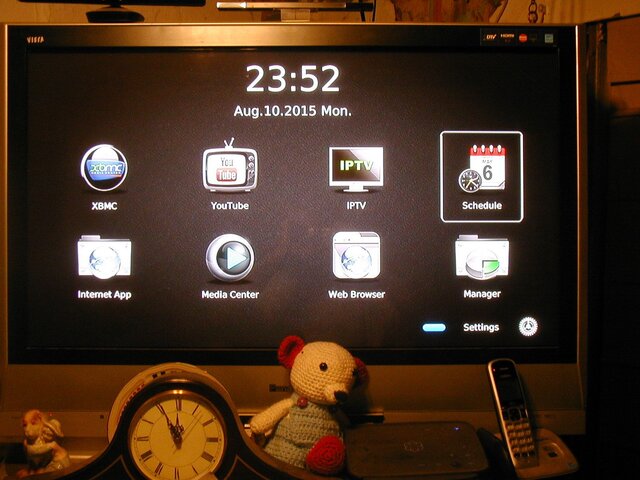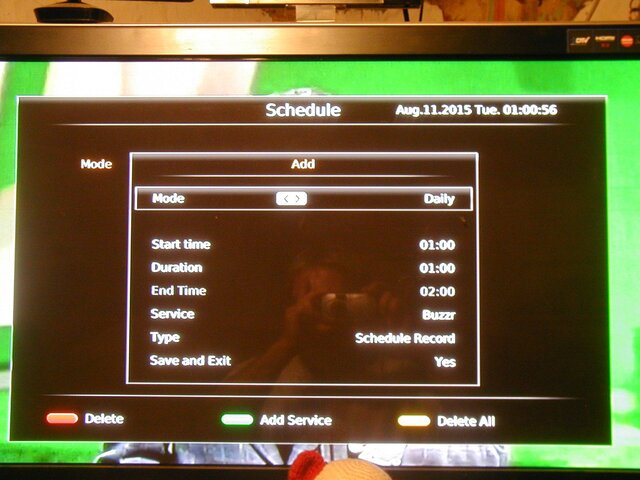I am almost afraid to say what WiFi chip is used! Luckily, I don't have to pull off any heat sink....

The chipset on bench HDVR3500 is a Media Tek MT7601UN. Streaming with WiFi is so problematic as the buffering could be as simple as another WiFi device in the house conflicting. Example: I am unable to use my favorite wireless keyboard on the HTPC when my wife is using her Android tablet and her streaming is interrupted when I power-use the wireless keyboard!
Media Tek Mt7601un Mini WiFi Module 150Mbps 802.11b/G/N
1. Introduction
The GWF-7M01 is a tiny WLAN PCB module with USB2.0 interface and RF output, it supports IEEE
802.11b/g/n standards. This module operates in 2.4GHz ISM frequency band with low power consumption; It
Applies a highly integrated MAC/BBP and RF single chip MT7601UN with 150Mbps PHY rate supporting.
The small form factor and low cost design provide excellent performance for the wireless connectivity, it is
Ideal for confine space application for consumer products.
2. Features
20MHz/40MHz bandwidth support. 1T1R mode
802.11b: 1, 2, 5.5, 11Mbps; 802.11g: 6, 9, 12, 24, 36, 48, 54Mbps;
802.11n: Support PHY rate up to 150Mbps.
Security support for WEP 64/128, WPA, WPA2, TKIP, AES
3. Application
Portable Smart Device: Mobile, Tablet, Mini-PC, etc.
Others: TV, Meida player, Set top box, IP cam, Camcorder etc.
General
Main Chipset MediaTek MT7601UN
Device Interface USB 2.0, 4 PCB Semi-holes
RF output 2 PCB Semi-holes, (50 ohm impedance at 2.4GHz)
Dimensions 13x12.2mm
Weight 0.5g
WLAN
Operation Frequency 2412~2483.5MHz, ISM band (Depends on country region)
Operation Channel Ch1~14 (Depends on country region)
Protocol 802.11b: CCK, QPSK, BPSK, 802.11g/n: OFDM
Security 64/128 WEP, WPA/WPA2, WFA, WPS2.0, WAPI
Others QoS: WFA,WMM,WMM PS;
RF Characteristics (Typical)
Antenna 50 ohm external antenna via PCB soldering
Transmit Power 802.11b (CCK) 11Mbps: 18+/-1dBm
Receive Sensitivity 802.11b: -88+/-1dBm;802.11g: -72+/-1dBm
DC Characteristic (Typical)
Operating Voltage 3.3VDC +/-5%
Current consumption Normal operation (Average) <80mA




